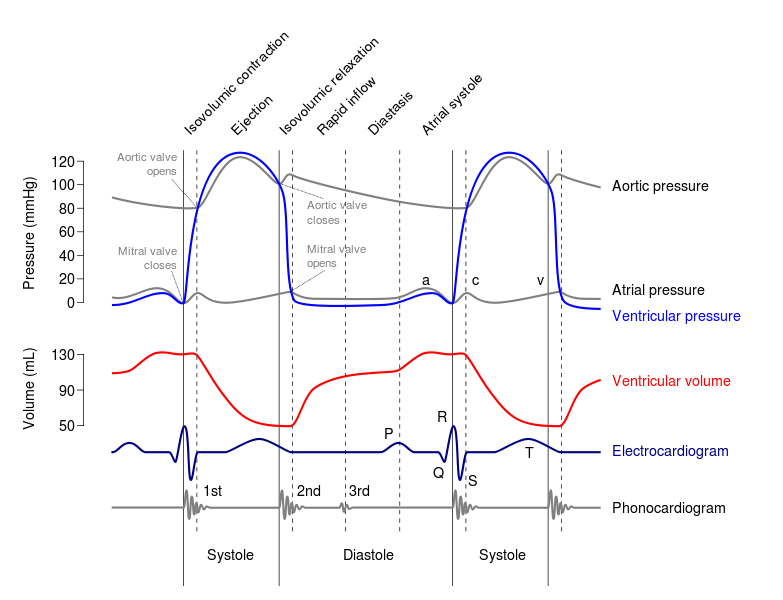It is unclear from your question what exactly "beat-to-beat variability" means from a physiological perspective. It would help if you could provide more information on the application you are working on and what kind of sensors you have access to.
If you wanted to measure the force of the arterial pulse, you would need to measure pulse pressure (which is the systolic blood pressure minus the diastolic blood pressure). However, these pressures do not only depend on the heart's action, but also on blood vessel compliance - which is influenced by ageaing, disease processes, and changes in the concentration of vasoactive substances in the blood. The EKG signal does not provide any of these latter parameters, and therefore it is highly unlikely that you would be able to estimate pulse pressure from an EKG. That being said, you could very easily measure pulse pressure with an arterial line, which would be the gold standard for such a task.
If you wanted to measure the force of the heartbeat, you could look at ejection fraction, which is a measure of how much blood is ejected from the ventricle in one heartbeat. Again, this is not related purely to the electrical activity of the heart (contractility and heart rate), but also to extra-cardiac parameters (preload and afterload). The EKG, which only looks at the intrinsic electrical activity of the heart, does not provide information on these extra-cardiac factors.
You could settle and look purely at cardiac contractility, which measures how much force the heart generates during a heartbeat. Keep in mind that this does not reflect how "well" the heart is working - you could have very good contractility, but a poor ejection fraction for other reasons. This is also not necessarily related to how "strongly" a person will feel his/her heart beating. I'm aware of
one paper on how to measure cardiac contractility from EKG tracings.
 image from wikipedia
image from wikipedia